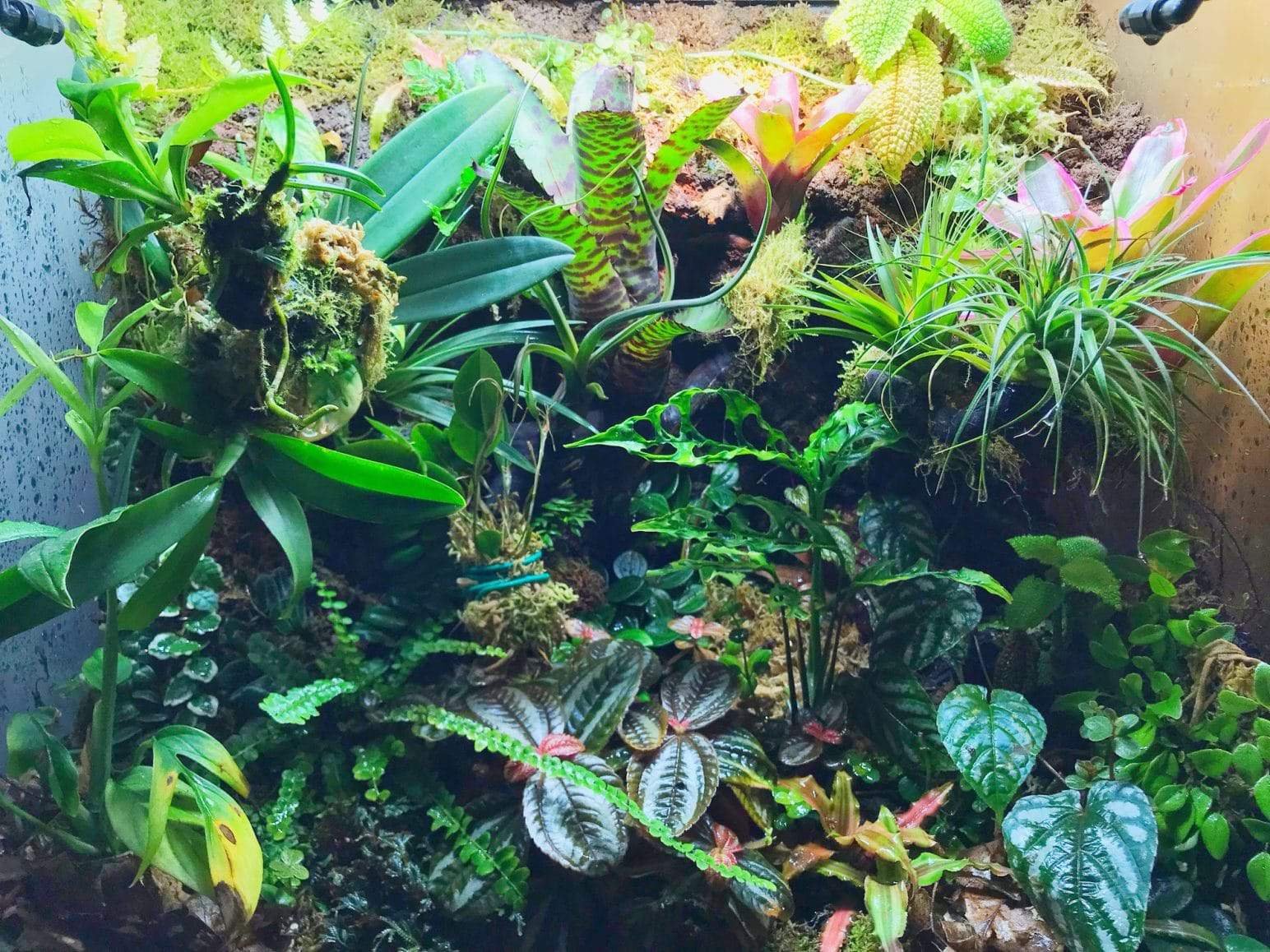REPTILES
Some of the Reptiles, Amphibians & Invertebrates you can find here at House of Pets
-

Frogs
Common species: White Tree Frogs, Green Tree Frogs, Red-Eyed Tree Frogs, Dart Frogs, and Pacman Frogs
Habitat for frogs: Habitat for tree frogs, habitats for dart frogs, habitats for pixie frogs, habitats for pacman frogs, and habitats for tomato frogs are all species dependent. Enclosure size can range from 10 gallons to 50 gallons per species.
Lighting for frogs: Heat bulbs, florescent lighting and LED, are all acceptable. Low level UVB is recommended for some species.
Temperature for frogs: while temperature for frogs is species dependent, you can expect a temperature range of 78-85 degrees
Humidity for frogs: while humidity for frogs is also species dependent, you can expect a humidity range of 65-95%
Diets for frogs: while diet for frogs is also species dependant, you can typically expect the following feeder diet for your amphibian friends: fruit flies, crickets, wax worms, butter worms, Dubia roaches, and some species will eat live mice.
Life expectancy of frogs: 5-15 years
-

Bearded Dragons
Habitat for bearded dragons: bearded dragons habitats should 50-95 gallon glass vivariums or Zen habitats
Lighting for bearded dragons: bearded dragons require UVB lighting and heat bulbs
Daytime Temperature for bearded dragons: bearded dragons require a basking temperature of 100-110°F Ambient temperatures should be kept at 80-85°F
Nighttime temperature for bearded dragons: 75-80°F
Humidity for bearded dragons: bearded dragons like dry climate. Home humidity should be kept around 35-40%
Diet for bearded dragons: bearded dragons eat a variety of greens and live bugs. As babies, bearded dragons diets should consist of 80% bugs and 20% greens. At six months old bearded dragons can be switched to 50% bugs and 50% greens. As adults, bearded dragons diets should be made up of 80% greens and 20% bugs. Calcium (with and without D3) and multivitamins are crucial for bearded dragon diets at every age.
Bugs for bearded dragons: live feeders for bearded dragons should include crickets, dubia roaches, superworms, wax worms, horn worms (tomato worms), and more!
Life expectancy of bearded dragons: bearded dragons can live 10-14 years
-

Chameleons
Common species: Veiled Chameleon, Panther Chameleon and Jackson Chameleon
Habitat for chameleons: chameleons habitats should be 18”x18”x24” enclosure as babies, and 24”x24”x48” enclosure as adults. Lots of foliage and climbing paths required
Lighting for chameleons : UVB and heat required
Temperature for chameleons: while chameleon temperature is species dependent, temperature requirements for chameleons typically range from 75-95°F
Humidity for chameleons: These parameters will depends on the exact species of chameleon, however, you can expect a range of 40-60%
Diet: Live bugs with calcium supplements and multi-vitamins
Life expectancy: 2-8 years depending on species and gender (males tend to live longer than females due to the toll laying eggs takes on female chameleons bodies)
-

Geckos
Common species: Crested geckos, Gargoyle geckos, Leopard geckos, African Fat-Tail Geckos, Leachianus Geckos, Day Geckos, Tokay Geckos.
Habitat: Greatly depends on the specific species. Please research the animals natural behaviors and learn if they are a ground dweller or a tree dweller.
Lighting: Fluorescent and some heat.
Temperature and humidity: This will depend on the exact species, please research their natural enviorment and try to mimick that.
Diet: Bugs with calcium. Crested Geckos formula
Life expectancy: 15-25 years depending on species
-

Tortoises
Common species: Russian Tortoises, Sulcata Tortoises, Red Foot Tortoises, Hermans Tortoise
Habitat: As babies a 20 gallon long aquarium is sufficient. Some species will get so big they need a whole bedroom!
Lighting: UVB and heat required. UVB should be replaced every six months.
Temperature and humidity: These parameters will depend on the specific species. Please do further research on their natural enviorments and try to mimic this.
Diet: Greens with calcium and multi-vitamin supplemtnts. Some species require some protien in their diet as well.
Life expectancy: 40+ years
-
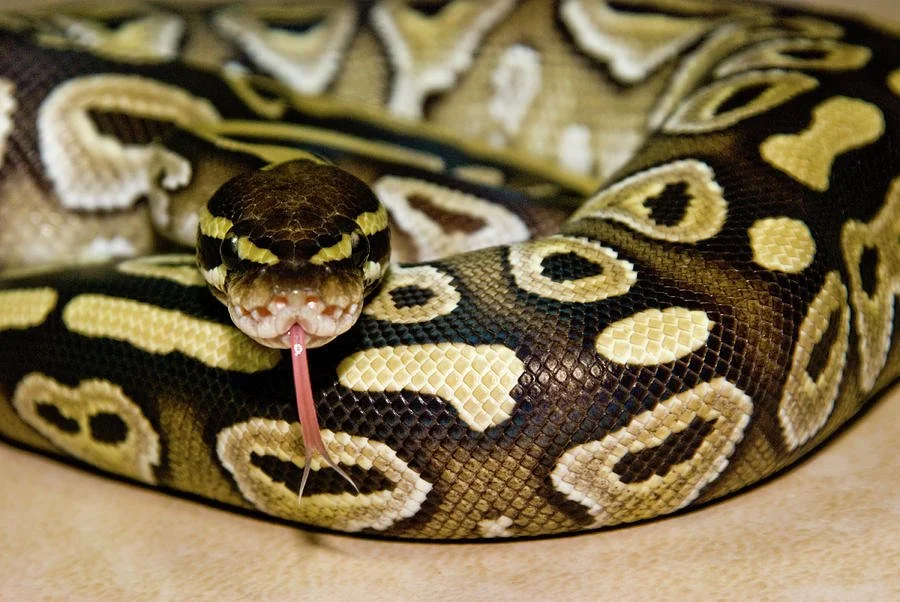
Snakes
Common species: Ball Pythons, Boas, Corn snakes and King snakes
Habitat: Species dependent
Lighting: heat lamps or any other lighting for viewing pleasure. 8-10 hours a day.
Temperature and humidity: Ambient 80-85°F. Basking 85-95°F. Humidity 40-70% (depending on species)
Diet: Rodents (mice, rats)
Size: Species dependent
Life expectancy: 15-30 years
-
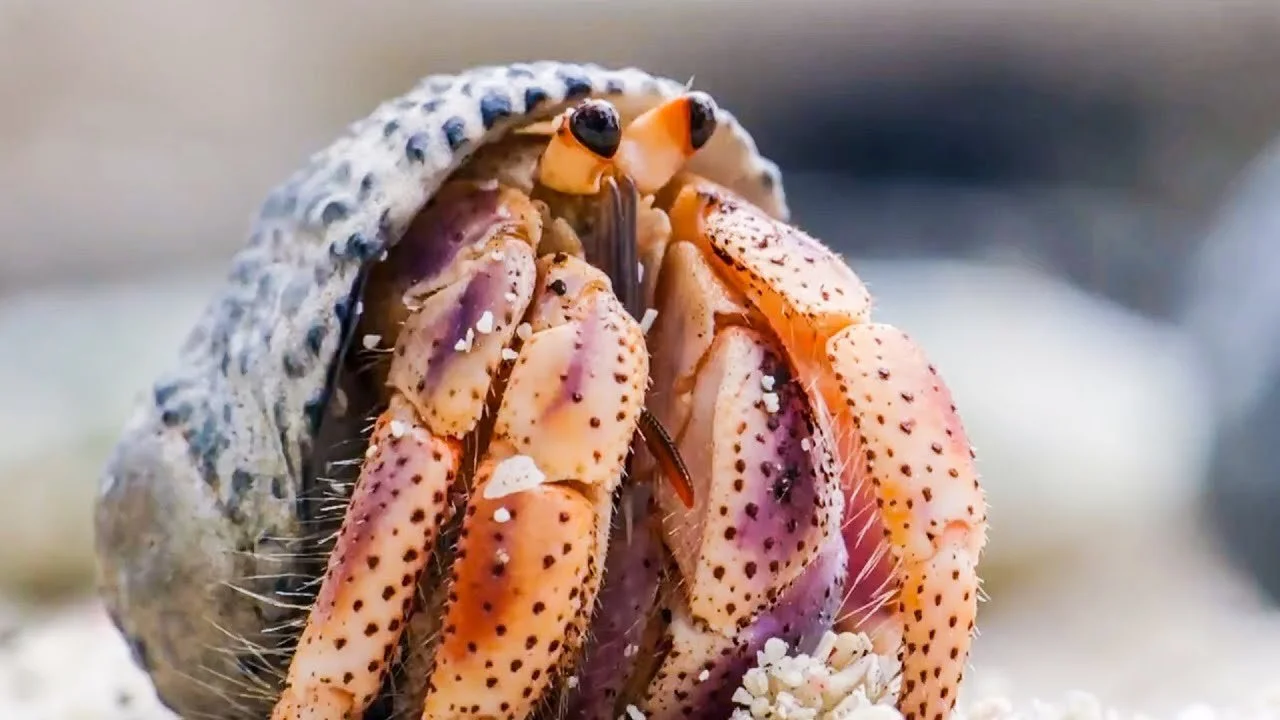
Hermit Crabs
Habitat: 10 gallon or larger (the more space the better)
Lighting: Fluorescent and some heat
Temperature and humidity: Ambient 72-82°F. Humidity 70-80%
Diet: Hermit Crab food and fresh greens with calcium
Life expectancy: 10+ years
-
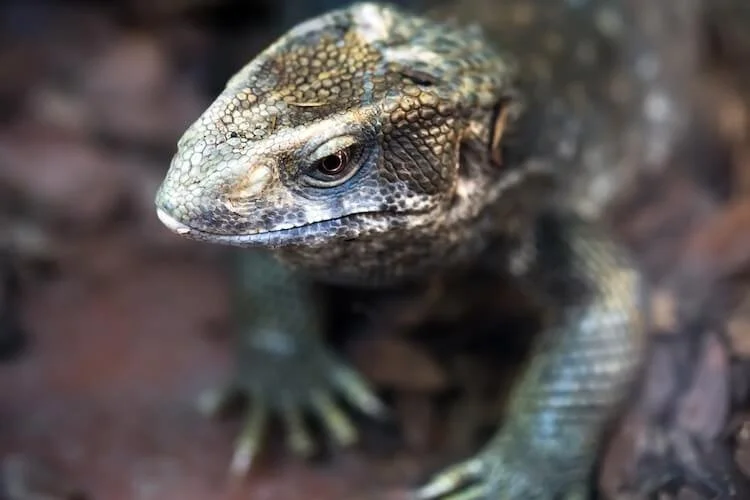
Savannah Monitors
Habitat: As adults Savannah Monitors need 8ft long, 4ft wide, and 2-3ft high enclosures or larger
Size: 3.5ft-4ft
Lighting: UVB and heat required. UVB should be replaced every six months.
Temperature and humidity: Ambient 95-100°F. Basking 110-130°F. Cool side 80-85°F. Humidity 40-60% (they should have humid hides/pockets
Diet: Lots of insects and meat dusted in calcium. Roaches, ground turkey, and rodents are popular
Life expectancy: 10-15 years
Disclaimer: Please understand these are advanced animals to keep. With out proper care and handling they can become extreamly aggressive and unmanagable.
-
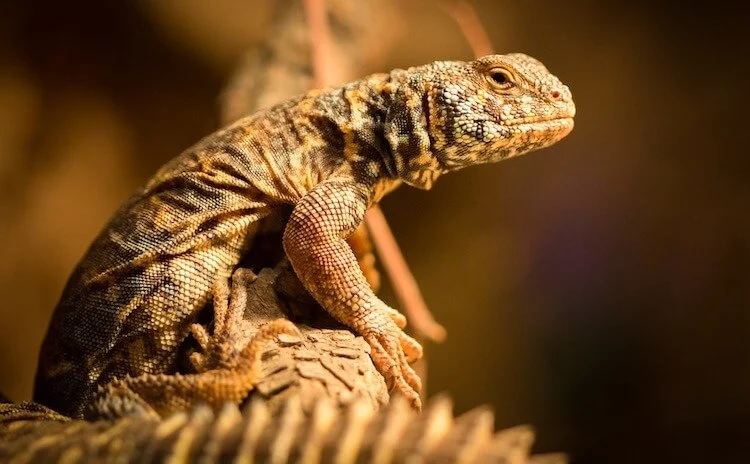
Uromastyx
Habitat: 50-75 gallon is recommended (the bigger the better)
Lighting: UVB and heat required. UVB should be replaced every six months.
Temperature and humidity: Ambient 80-100°F. Basking 120+°F. Humidity 10-40%
Diet: Greens with seeds and dried lentils with light calcium. Multi-vitamins weekly
Life expectancy: About 15 years
-
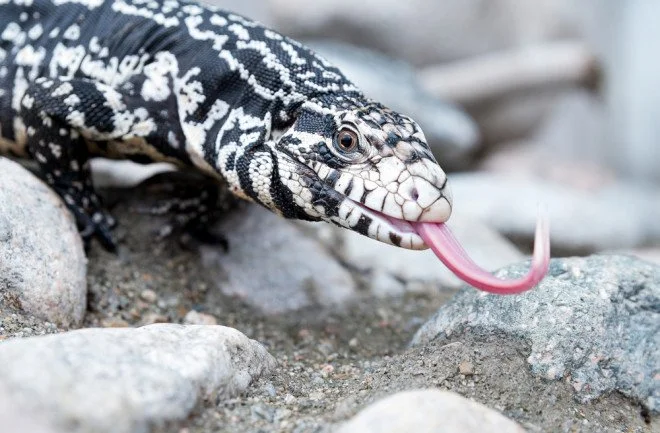
Tegus
Habitat: Minimum exclosure 6-8ft long, 3-6ft wide, 2-3ft tall
Lighting: UVB and heat required. UVB should be replaced every six months.
Temperature and humidity: Ambient 80-85°F. Basking 100-110°F. Humidity 60-80%
Diet: Greens and bugs with calcium. Vitamins weekly. Rodents occasionally and meat such as ground turkey. Variety is everything.
Life expectancy: 15-20 years
-

Axolotls
Habitat: Minimum of a 20 gallon long aquarium, with filtration suitable for that amount of water, however going with a filter rated for more water than you have is always better. Your tank will need to be set up and seeded with beneficial bacteria so it can complele the Nitogen Cycle before the Axolotl can enter the tank. This can take 2,3, somtimes 6 weeks to complete. All water from the tap must also be treated with Seachems Prime, this removes any harsh chemicals.
Lighting: Axolotls are aquatic pets, no specific lighting required, however LED lighting for viewing pleasures is safe.
Water temperature: 60-68°F. It is very important that they never get over 72°F. This can make them very ill.
Diet: Axolotl food pellets, bloodworms, brine, shrimp and night crawlers
Life expectancy: 10-20 years
Disclaimer: These are advanced animals to keep, the information we have provided is just scratching the surface. We urge you to do more indepth research.
-
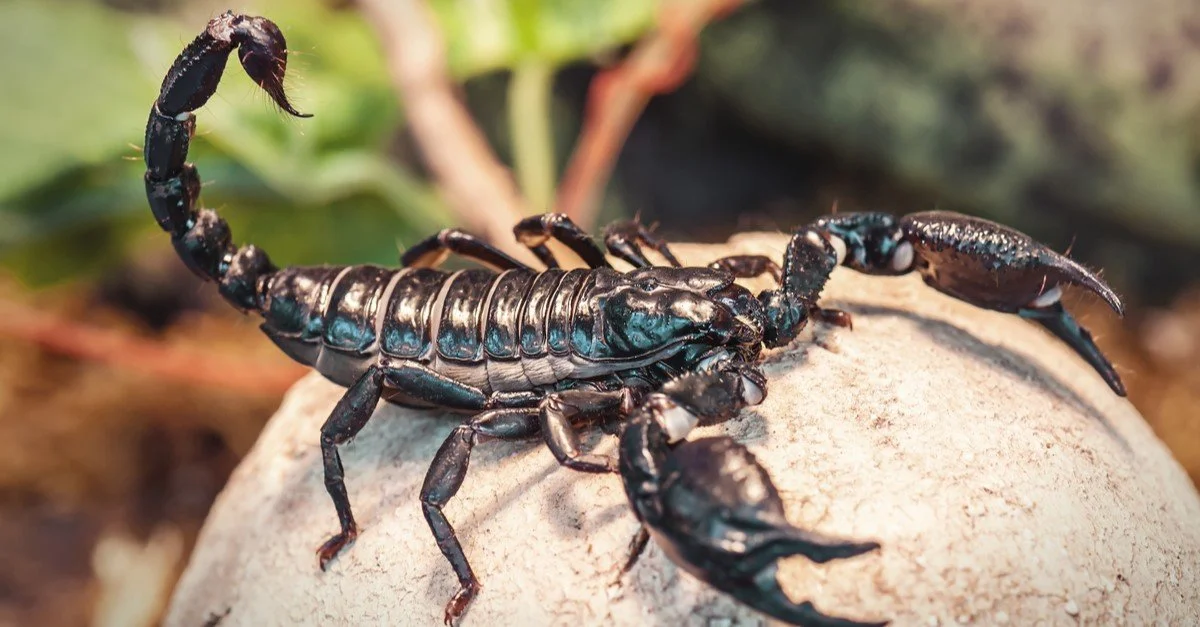
Scorpions
Habitat: 10 gallon or larger
Lighting: Fluorescent and Heat
Temperature and humidity: 70-90°F. Humidity 60-80%
Diet: Crickets, mealworms and waxworms
Life expectancy: 2-6 years
-

Tarantulas
Habitat: 10 gallon tank with secure lid. Please research the specific species you wish to keep, some are terrestial and will require more surface space. Some are Areboreal and will require more height. Some are Fossorial and will need depth to burrow and dig.
Lighting: only for viewing pleasures or as a heath source. Most species prefer dark/dim lighting.
Temperature and humidity: 70-82°F. Humidity 50-90% (greatly depends on the specific species.)
Diet: Crickets, mealworms, superworms, roaches, and some species will eat pinkie mice
Life expectancy: 7-25 years (depending on gender. Females live longer than males)
-
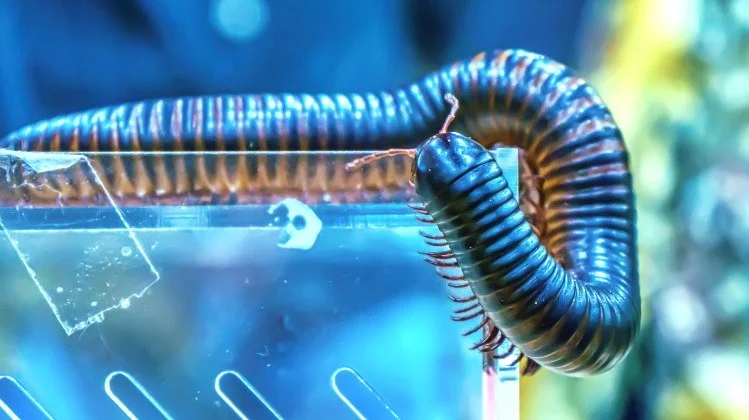
Millipedes
Habitat: 10 gallon tank with secure lid
Lighting: Some heat
Temperature and humidity: 80°F. Humidity 75-80%
Diet: Crickets, roaches and night crawlers
Life expectancy: Up to 6 years
-
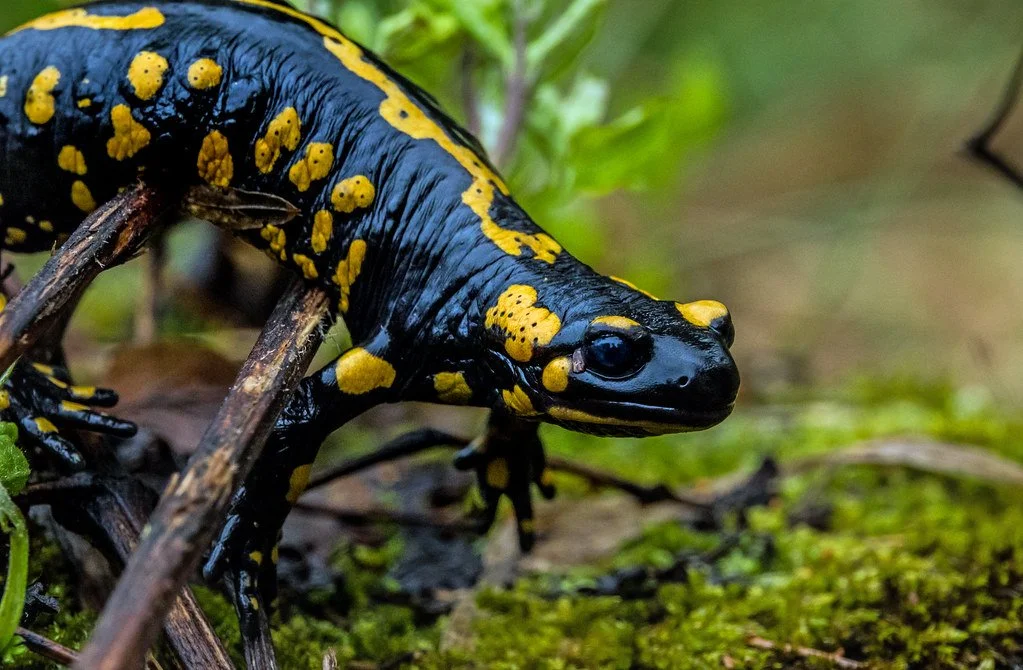
Salamanders
Habitat: 10 gallon
Lighting: Incandescent day bulb during daylight hours only; recommend low level UVB lighting
Temperature and humidity: 60-75°F. Humidity 70%
Diet: Crickets, mealworms, brine shrimp, bloodworms, night crawlers
Life expectancy: 6-10 years
BioActive Tanks
Create a life-like habitat for your reptile by replicating each species natural environment. Live plants and a variety of isopods ensure an ideal atmosphere, air quality and self cleaning for your tank
Ask one of our animal care specialists about the right BioActive setup for you
Animal Enclosure Policy
House of Pets requires proof of an appropriate enclosure approved by our team members before any animal is taken home.
You are not required to purchase enclosures from us however, we reserve the rights to deny the sale if the set-up is not adequate.
We appreciate your compliance with our policy as it is put in place for the safety of your new companion and for your success as an pet owner 😊
